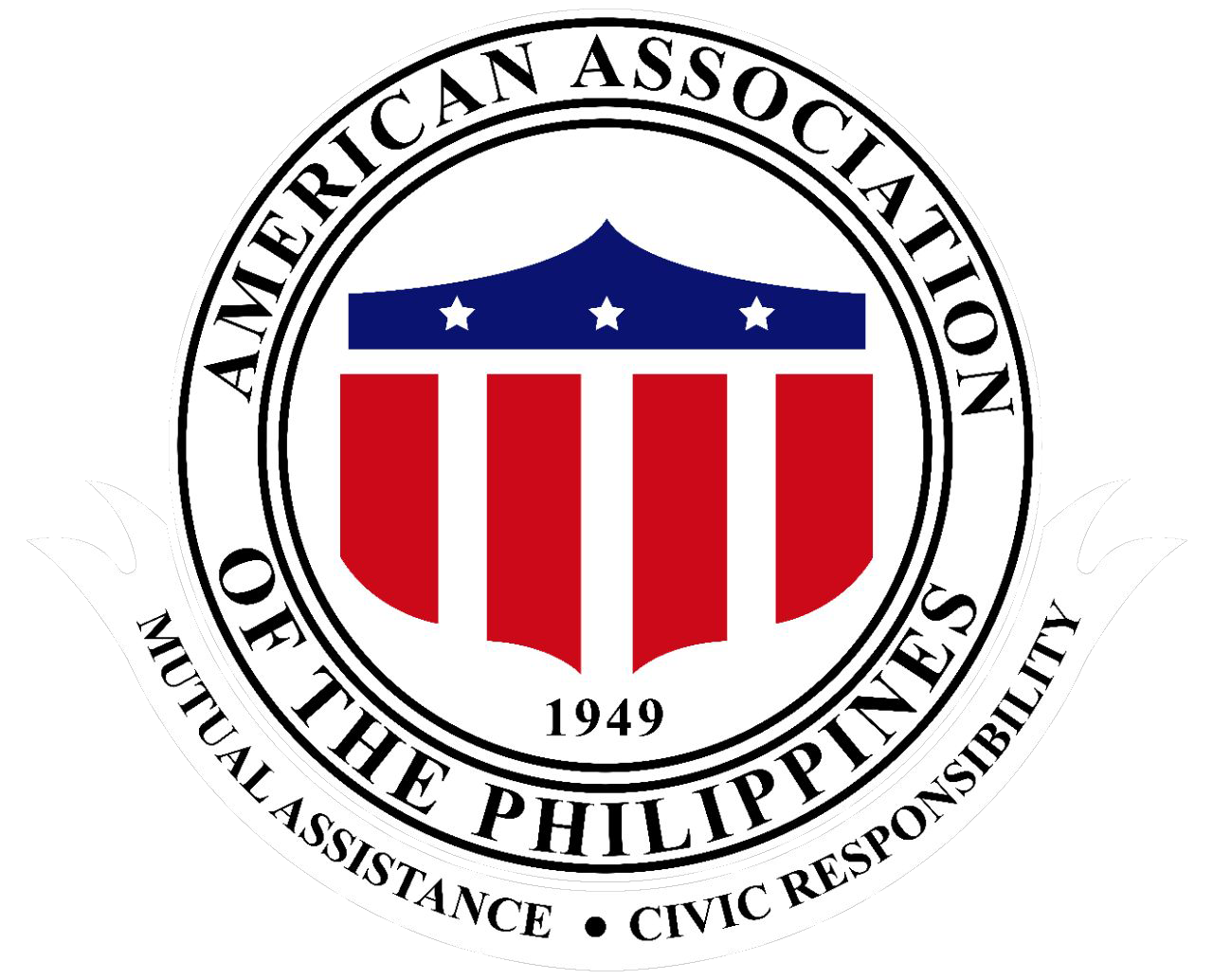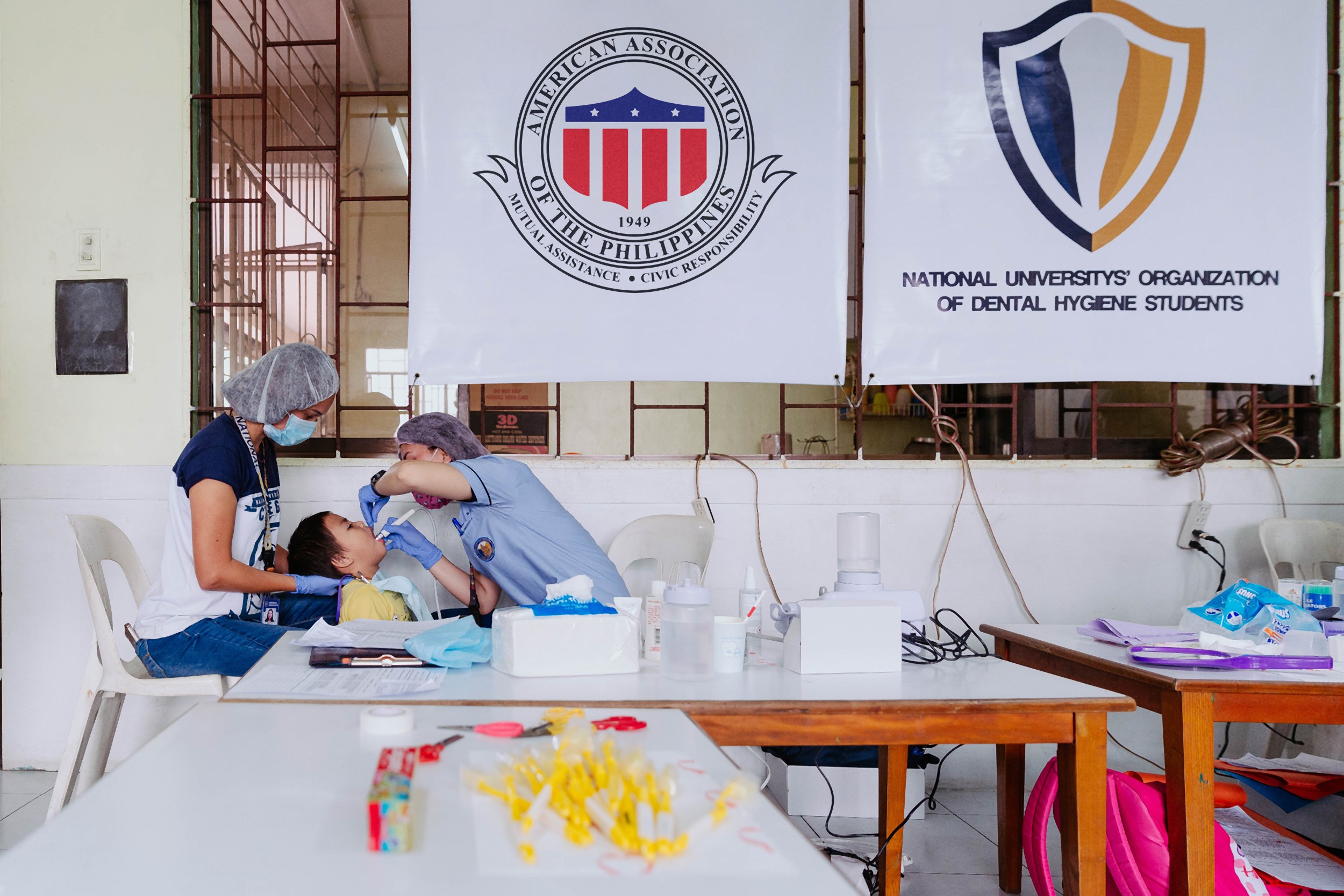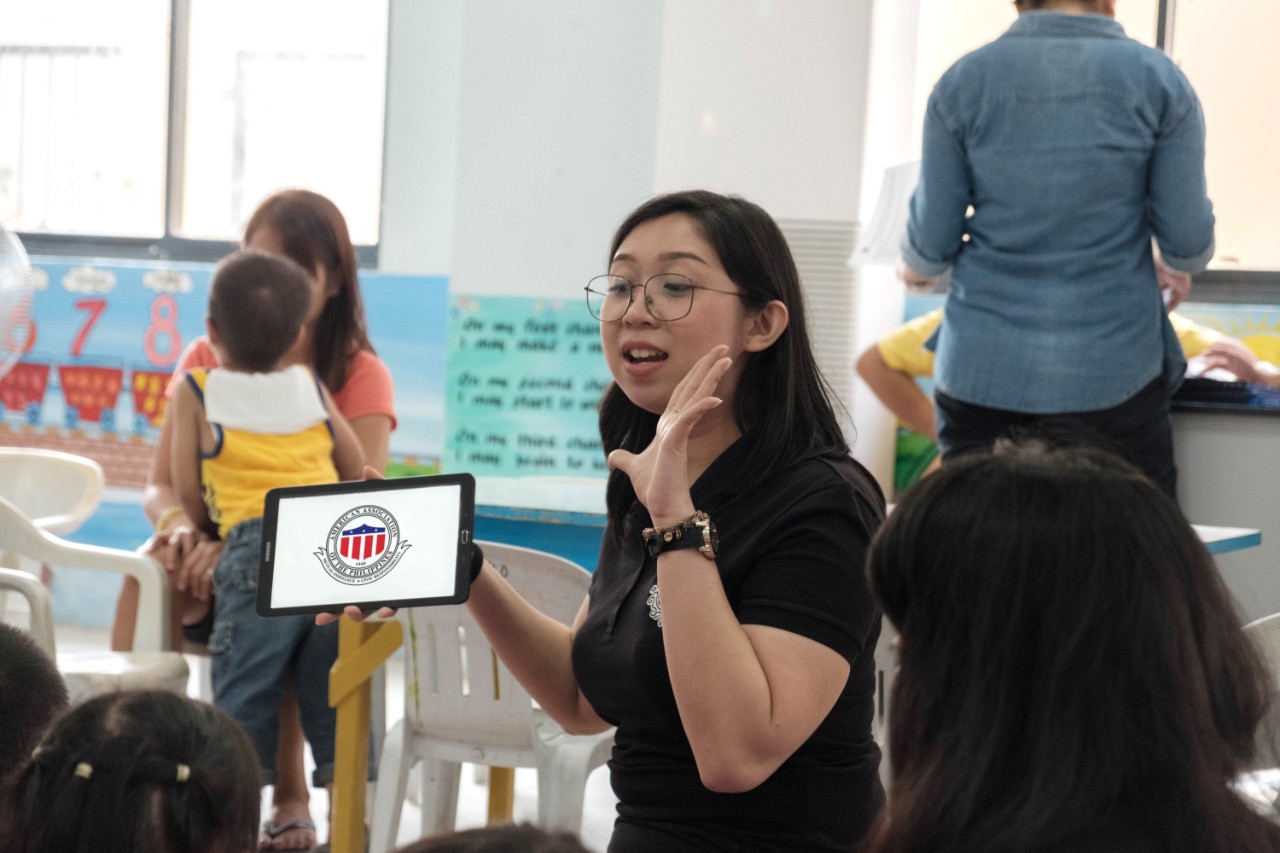Our Story
The American Association of the Philippines (AAP) was established in 1949 with the main purpose well-defined in its mission statement’s preamble:
“Founded on the concept of community interest, welfare, and responsibility. It is non-commercial. It is non-political. Its purpose is the general welfare of United States citizens.”
Three years after Philippine Independence, the Association was established amidst the aftermath of the Second World War that destroyed much of the country. Although the United States granted the Philippines its independence on July 4, 1946, the country did not benefited from reconstruction and rehabilitation as much of the government, residential, commercial and industrial infrastructure were horrendously gutted and destroyed.
What was known as the “Pearl of the Orient,” the Philippines had a lovely fusion of European and Filipino architecture overlaid with American Federal-style buildings exemplified the gracious pre-war prosperity that the expatriate American community enjoyed for the past 50 years. Their thriving government and business community were wiped out in the city that was once the most advanced, charming and cosmopolitan cities in Asia at par with Singapore, Hong Kong and Tokyo. It was replaced bombed out ruins, burned rubble and displaced populace.
Many of the then-prosperous American entrepreneurs have lost their businesses overnight to war and uncertain political future while some U.S. government employees who have stayed behind due to long established roots and history in the country are found themselves in dire condition. Many of them were not even capable of providing their basic needs for themselves.
Out of this difficult time, the AAP community was born as a mutual assistance and social support group for long-time American and American-born Filipinos in the country. In close partnership with the U.S. Embassy and American corporations, the group mobilize the American community to help those who are in need.
Before corporate social responsibility became a byword in business circles, AAP was already doing it. During that time, the expat American community saw the collective need to help and do its part while American corporations, who stayed behind, provided crucial financial support and technical know-how in this emerging nation.
In the last few decades, the AAP has grown tremendously and the expat American community has recovered from the ashes of war. The AAP has turned its attention on medical and educational assistance to the Amerasian children and their family left behind largely by American servicemen who were stationed here in the Philippines during the height of the Vietnam War. Not only that, the group has expanded their assistance on indigent Filipino children in the community and provided repatriation, legal and medical services to Americans in the country.
Part of the AAP’s mission is historical conservation as it is the owner-in-trust of the American Historical Collection. It has approximately 60,000 volumes, pictures and documents about the American colonial period and post-war events. It was used to be housed in the U.S. Embassy, now entrusted to AAP, and currently housed at the Ateneo de Manila University's Rizal Library.
Also in the collection are photographs and documents on prominent American figures that included: President William McKinley, Governor-General William Howard Taft, President Teddy Roosevelt, Governor-General Arthur MacArthur and his son General Douglas MacArthur, President Dwight D. Eisenhower, Admiral of the Navy George Dewey, and many others.



